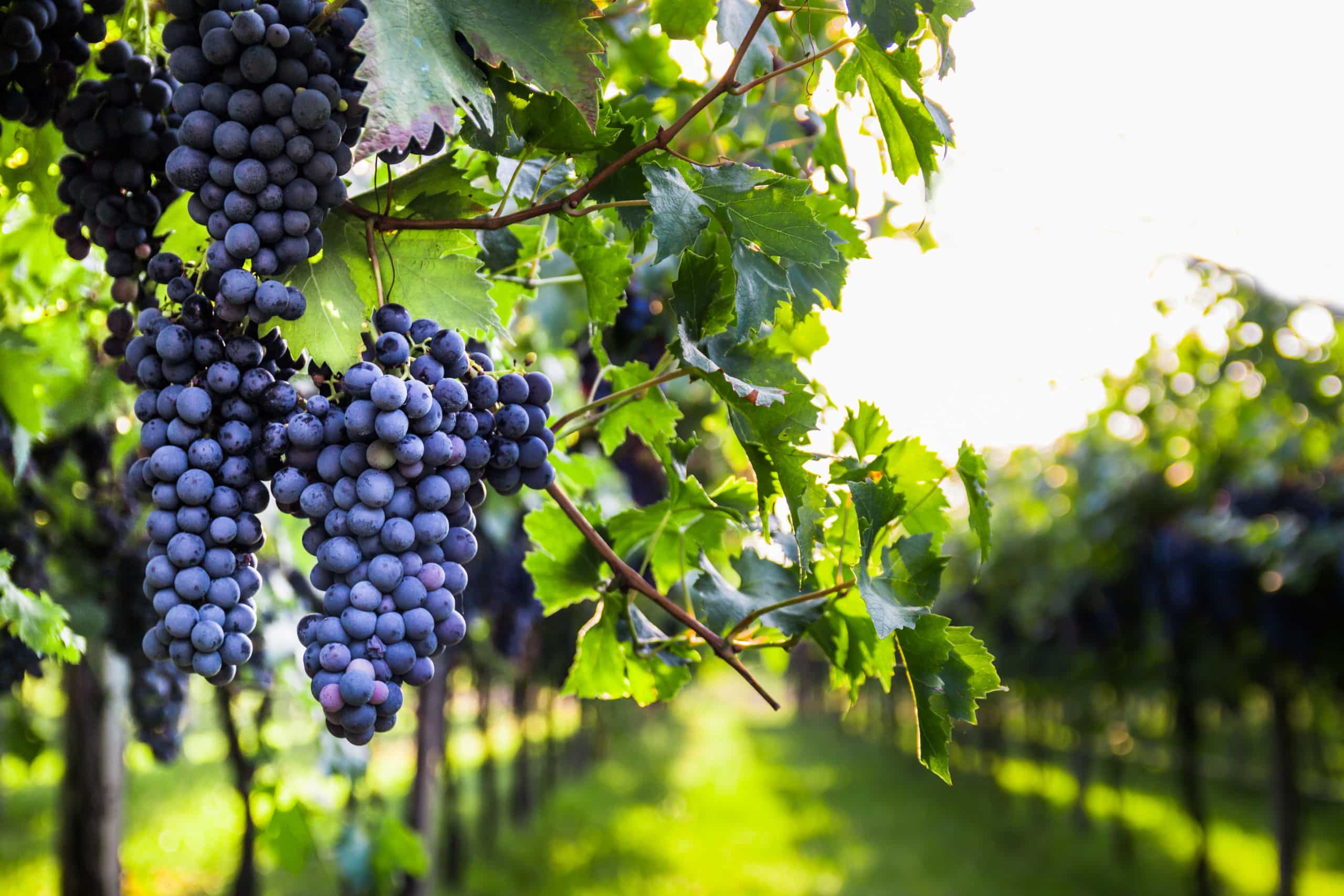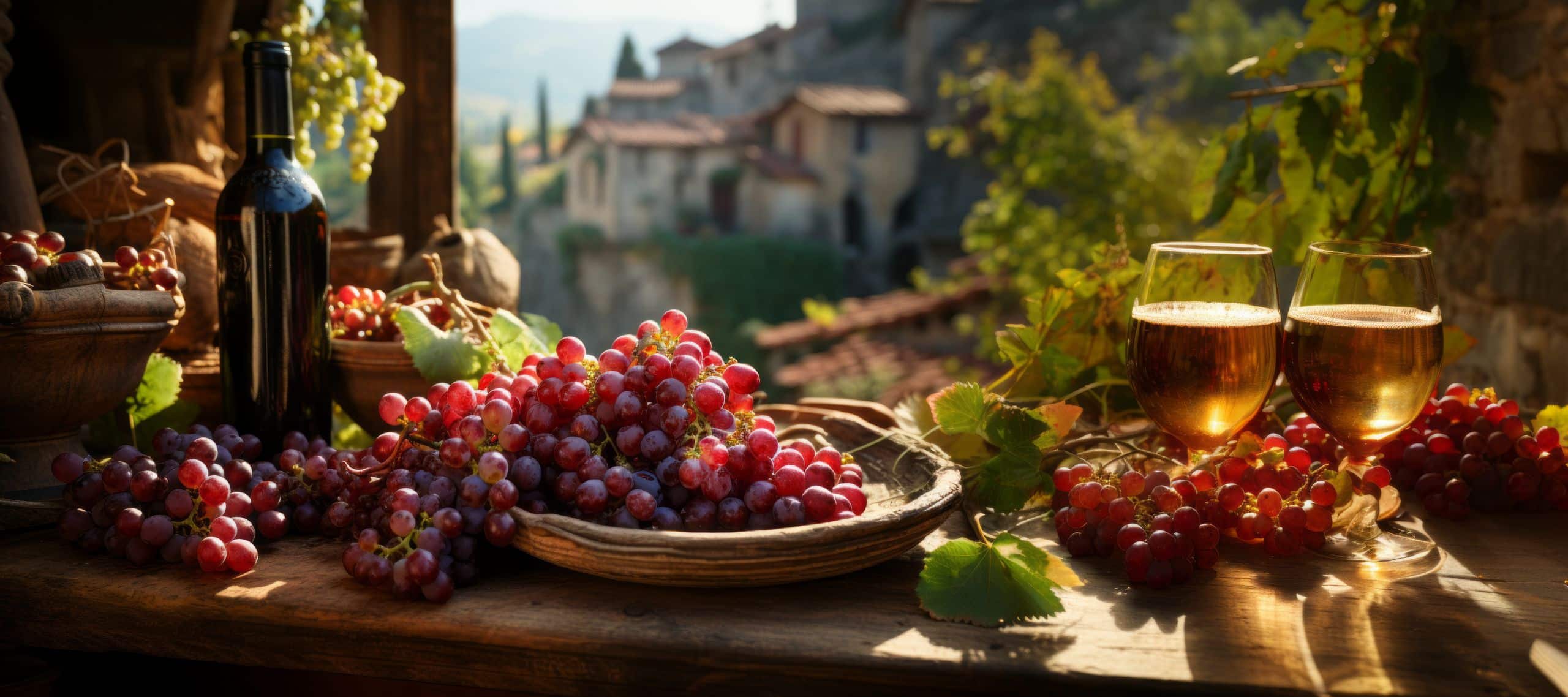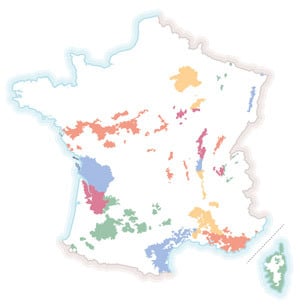
Contents
You’ve probably already heard of sweet wines. But to be honest, when you’re not an expert in the field, it can be complex to tell the difference between the two. Don’t worry, we’ll teach you how to tell the difference between different sweet wines… and you’ll see that a third guest is about to join the party.
Wine and sweetness
First, let’s look at the classification of wines according to their sweetness:
- Dry wines. They contain less than 4 grams of sugar per liter.
- Semi-dry wines. They contain between 4 and 12 grams of sugar per liter.
- Sweet or semi-sweet wines. They contain between 12 and 45 grams of sugar per liter.
- Sweet or syrupy wines. They contain over 45 grams of sugar per liter.
Sweet and syrupy wines
Sweet and syrupy wines are exclusively white wines. While they differ primarily in their sweetness, these two types of wine are also produced differently.
Sweet wines are made from overripe grapes, which are dehydrated, contain less water and are sweeter. In addition to overripe grapes, sweet wines can also benefit from the development of a fungus, botrytis cinerea, which causes noble rot on the fruit. The latter increases the sugar concentration of the grapes.
On the palate, sweet wines are richer and sweeter on the palate, more reminiscent of liqueurs than mellow wines, which have a more velvety, unctuous appearance.
Sweet and syrupy wines are generally found in Alsace, Sauternes, the Southwest and the Loire Valley. Well-known appellations include Sauternes, Jurançon, Monbazillac, Coteaux du Layon, Vouvray, Pinot Gris, Muscat “Vendanges Tardives” or “Sélection de Grains Nobles” from Alsace.
Natural sweet wine
There’s a third type of “sweet” wine: VDN (vin doux naturel). Made using the same traditional vinification method as a classic wine, except that 90° alcohol is added at the start of fermentation. Fermentation stops immediately, and the wine is rich in alcohol and natural sugars, hence the name “vin doux naturel”.
It is produced mainly in the Roussillon region, particularly in the Rivesaltes, Banyuls and Maury appellations. Portugal’s famous Porto also belongs to the family of naturally sweet wines.




